Junior Hanafuda
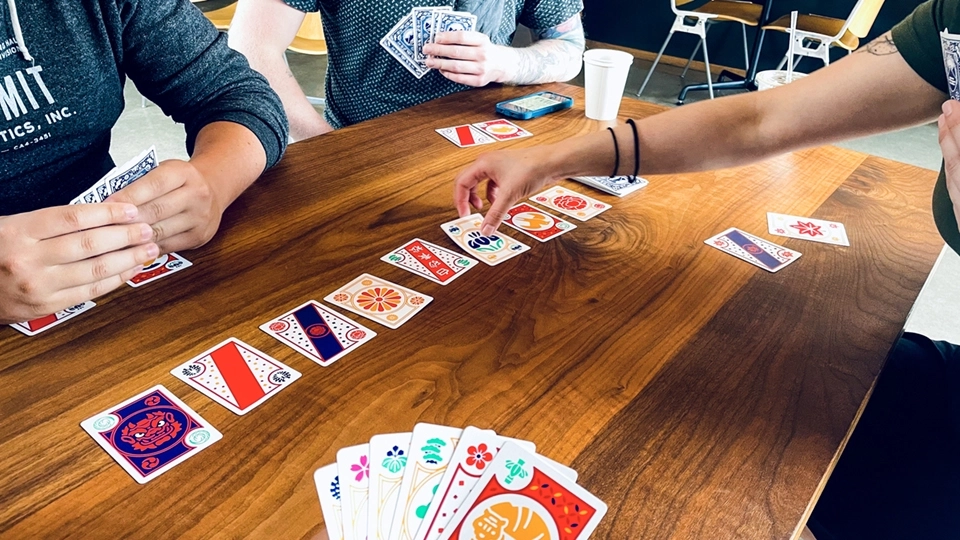
Junior Hanafuda is an interpretation of Japanese flower cards (known as hanafuda) specifically designed so anyone can easily learn how to play.
There are three editions of Junior Hanafuda: Dragon, Tiger, and Phoenix.
#Story
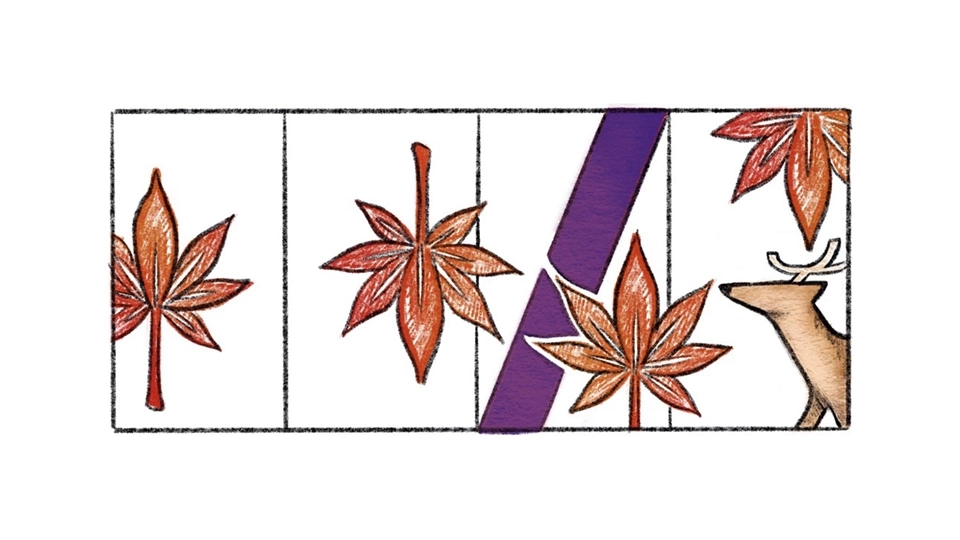
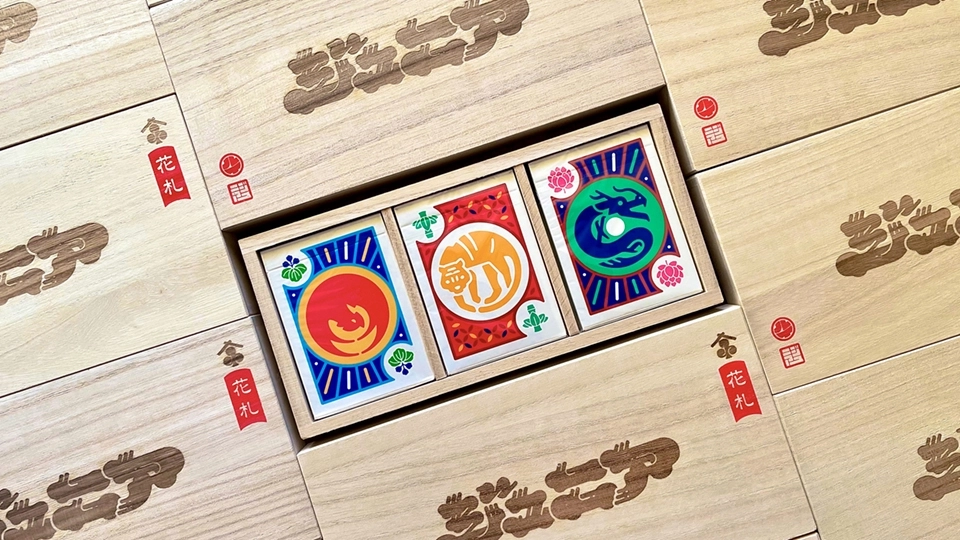
In early 2018, while researching for an emoji design project, Louie Mantia learned about hanafuda, collected dozens of decks, and started to design his own interpretation.
Junior Hanafuda started with an interest in mon 紋 ▶ crests, which typically represent families in Japan. Because these crests often depict the same plants and animals found in hanafuda, mon became the basis for the design of Junior Hanafuda.
The Phoenix edition of Junior Hanafuda was manufactured in November 2019 by The United States Playing Card Company in Erlanger, Kentucky.
In mid-2020, a Kickstarter project was launched for Dragon & Tiger, and the new editions went on sale in 2021.
#Cards
All three editions of Junior Hanafuda include 48 standard cards. There are 12 suits, and each suit has 4 cards, though the composition of each suit varies. The arrangement is identical to traditional hanafuda.
Ranks
- Hikari 光 ▶ light are the highest value cards, and represent significant Japanese cultural elements, stories, and traditions.
- Tane 種 ▶ subject cards mostly illustrate wild animals. ?
- Tanzaku 短冊 ▶ paper strip cards have three varieties: poetry, blue, and plain. People write wishes during tanabata matsuri 七夕祭り ▶ star festival, and hang them on bamboo branches.
- Kasu カス ▶ scrap are the lowest value cards. They portray various flowers and plants found in Japan.
| Suit / Month | Hikari | Tane | Tanzaku | Kasu |
|---|---|---|---|---|
 January |
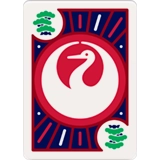 Crane |
 Poetry ? |
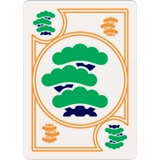  Pine | |
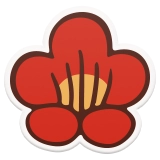 February |
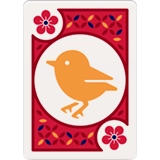 Warbler |
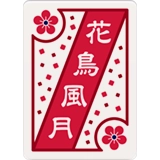 Poetry ? |
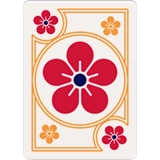  Plum Blossom | |
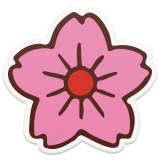 March |
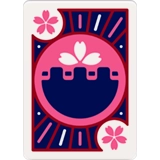 Curtain |
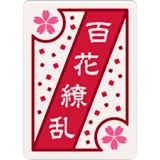 Poetry ? |
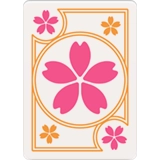  Cherry Blossom | |
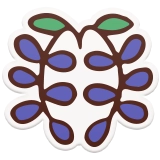 April |
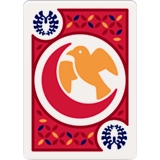 Cuckoo |
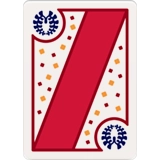 Plain |
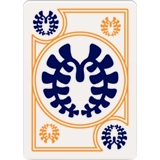  Wisteria | |
 May |
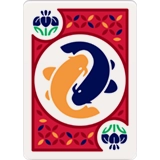 Koi ? |
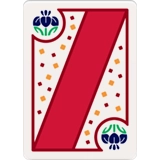 Plain |
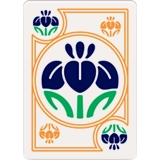  Iris | |
 June |
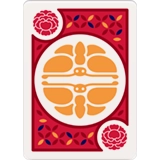 Butterflies |
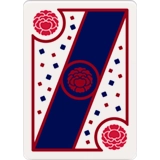 Blue |
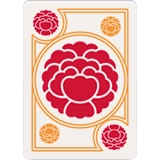  Peony | |
 July |
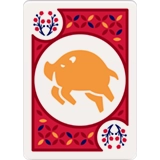 Boar |
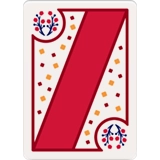 Plain |
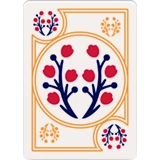  Bush Clover | |
 August |
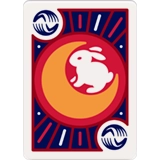 Moon |
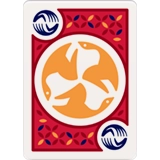 Geese |
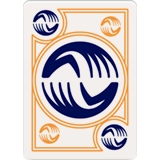  Silvergrass | |
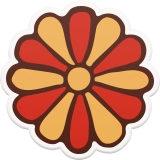 September |
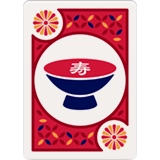 Sake ? |
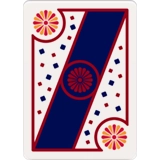 Blue |
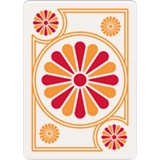  Chrysanthemum | |
 October |
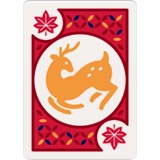 Deer |
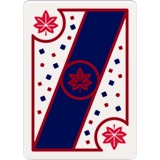 Blue |
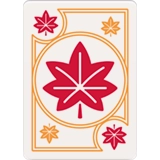  Maple | |
 November |
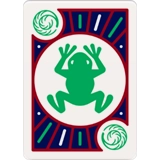 Frog |
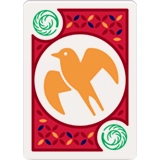 Swallow |
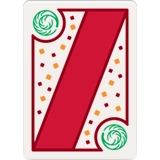 Plain |
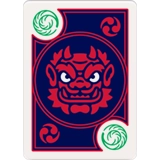 Willow ? |
 December |
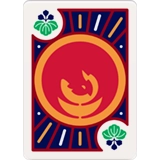 Phoenix |
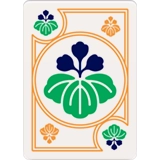 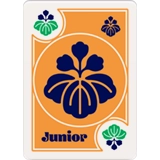  Paulownia ? |
Dragon & Tiger decks have two additional suits ( Bamboo and Lotus) that can be used to accommodate up to 4 players in some games.
| Suit / Month | Hikari | Tane | Tanzaku | Kasu |
|---|---|---|---|---|
 Earth |
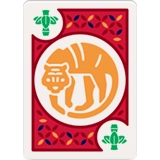 Tiger |
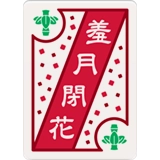 Poetry ? |
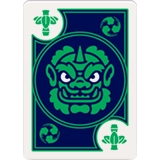 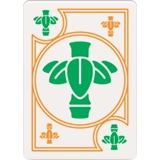 Bamboo ? | |
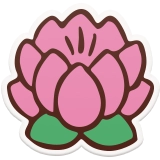 Heaven |
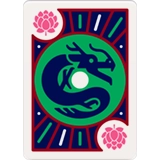 Dragon |
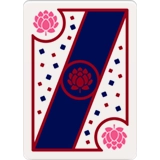 Blue |
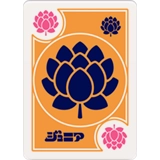 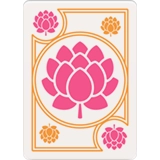 Lotus ? |
Phoenix decks have an adaptable six-card suit ( Bamboo) for players to experiment and create their own 4-card suit. For example, players could take four Bamboo cards to replace an existing suit or add them as a new suit.
| Suit / Month | Hikari | Tane | Tanzaku | Kasu |
|---|---|---|---|---|
 Legend |
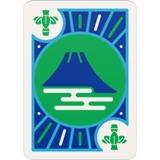 Mt. Fuji |
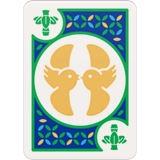 Sparrows |
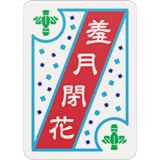 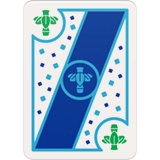 Poetry ? & Blue |
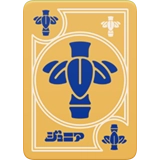 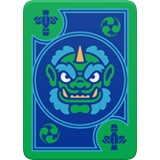 Bamboo ? |
#Details
Tane
- The traditional May Tane card features yatsuhashi 八ツ橋 ▶ 8-plank bridge, though to make this card fit in better with other Tane cards, Junior Hanafuda adapted this card to include Koi.
- The September Tane card depicts a sake cup with the character for kotobuki 寿 ▶ congratulations, long life.
Tanzaku
While Poetry Tanzaku typically have simple words written on them, given the additional space on poker-size cards, Junior Hanafuda included yojijukugo 四字熟語 ▶ four character idiomatic compounds.
- The January Tanzaku: 白砂青松 ▶ white sand, blue pine trees, describing beautiful coastal scenery.
- The February Tanzaku: 花鳥風月 ▶ flower, bird, wind, moon, meaning “the beauty of nature.”
- The March Tanzaku: 百花繚乱 ▶ a hundred flowers blooming, describing lots of beautiful people in the same place or a moment where many wonderful people achieve great things.
- The Earth / Legend Tanzaku: 羞月閉花 ▶ shy moon, closed flower, describing something so beautiful that even the moon and flowers are shy and hiding.
Kasu
Generally, Kasu cards depict a plant or flower with a significant amount of white space, though some differ in style from the others.
- Fujin 風神 ▶ god of wind and Raijin 雷神 ▶ god of thunder are both Kasu cards, though they can be used as Wild cards in some games.
- There is a pair of yellow-shaded cards (like the December Kasu) that feature the brand name and usually function as normal Kasu cards, though some games may call for them to be treated a little differently.
#Games
For printable instructions on how to play games with these decks, visit Junior’s How to Play page.